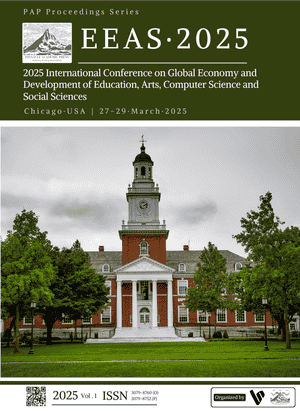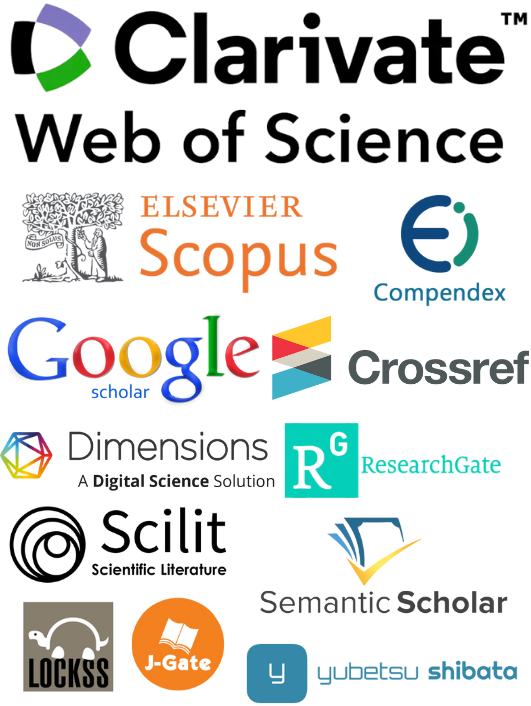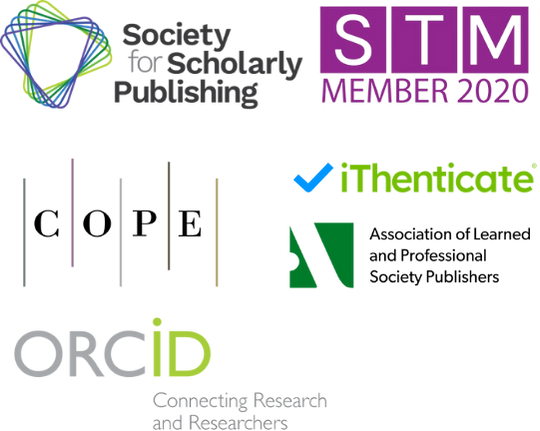Integrating Diversity and Innovation: The Growth and Practice of Educational Philosophy
DOI:
https://doi.org/10.71222/q8skf416Keywords:
multicultural education, pragmatic constructivism, online learning, student engagement, digital pedagogyAbstract
This paper explores the integration of multiculturalism, pragmatic-constructivist educational philosophy, and internet-based teaching methods to foster an inclusive and dynamic learning environment. Drawing from personal experiences in Xinjiang, a region rich in cultural diversity, the paper emphasizes the significance of promoting respect for diverse cultures in education. The study highlights the role of multicultural education in enriching students' learning experiences, addressing social inequality, and preparing them for a globalized world. It also examines how a pragmatic-constructivist approach, focusing on active student engagement and holistic development, can enhance the educational process. Furthermore, the rise of internet-based education is discussed, underscoring its potential to overcome geographical and cultural boundaries. Despite challenges such as technological limitations and cultural differences, the paper advocates for optimizing digital tools and adopting individualized assessment methods. The findings suggest that integrating "diversity and innovation" in education can address the evolving needs of the digital age while promoting student growth and social responsibility.
References
1. D. Mariyono, "Indonesian mosaic: the essential need for multicultural education," Quality Educ. for All, vol. 1, no. 1, pp. 301-325, 2024, doi: 10.1108/QEA-05-2024-0042.
2. M. C. López, "School management in multicultural contexts," Int. J. Leadersh. Educ., vol. 11, no. 1, pp. 63–82, 2008, doi: 10.1080/13603120701308439.
3. W. S. Cook, "The sociological dimensions of multicultural education," Sociol. Compass, vol. 18, no. 5, p. e13206, 2024, doi: 10.1111/soc4.13206.
4. C. M. Hunduma and Y. S. Mekuria, "Multicultural education and global citizenship: Literature review," Multidiscip. Rev., vol. 7, no. 10, pp. 2024223-2024223, 2024, doi: 10.31893/multirev.2024223.
5. P. Walter, "Minority education in China: balancing unity and diversity in an era of critical pluralism," Compar. Educ., vol. 52, no. 4, pp. 523–539, 2016, doi: 10.1080/02601370.2016.1215651.
6. R. S. Prawat, "The two faces of Deweyan pragmatism: Inductionism versus social constructivism," Teachers Coll. Rec., vol. 102, no. 4, pp. 805–840, 2000, doi: 10.1177/016146810010200401.
7. A. Setiawan, P. Purnomo, M. Marzuki, D. S. Charismana, and A. R. B. Zaman, "The implementation of tolerance values through multicultural education program," J. Civics: Media Kajian Kewarganegaraan, vol. 21, no. 2, pp. 332-341, 2024, doi: 10.21831/jc.v21i2.71337.
8. E. X. Eryong and J. Li, "What is the ultimate education task in China? Exploring 'strengthen moral education for cultivating people' ('Li De Shu Ren')," Educ. Philos. Theory, vol. 53, no. 2, pp. 128–139, 2021, doi: 10.1080/00131857.2020.1754539.
9. A. Erkanlı, K. A. Batman, and C. Kaptanoğlu, "Examination of primary school teachers’ attitudes and views towards mul-ticultural education," Front. Educ., vol. 9, p. 1360696, Mar. 2024, doi: 10.3389/feduc.2024.1360696.
10. U. D. Parameswaran, J. Molloy, and P. Kuttner, "Healing schools: A framework for joining trauma-informed care, restorative justice, and multicultural education for whole school reform," Urban Rev., vol. 56, no. 1, pp. 186-209, 2024, doi: 10.1007/s11256-023-00666-5.
Downloads
Published
Issue
Section
License
Copyright (c) 2025 Yiwei Guo (Author)

This work is licensed under a Creative Commons Attribution 4.0 International License.



